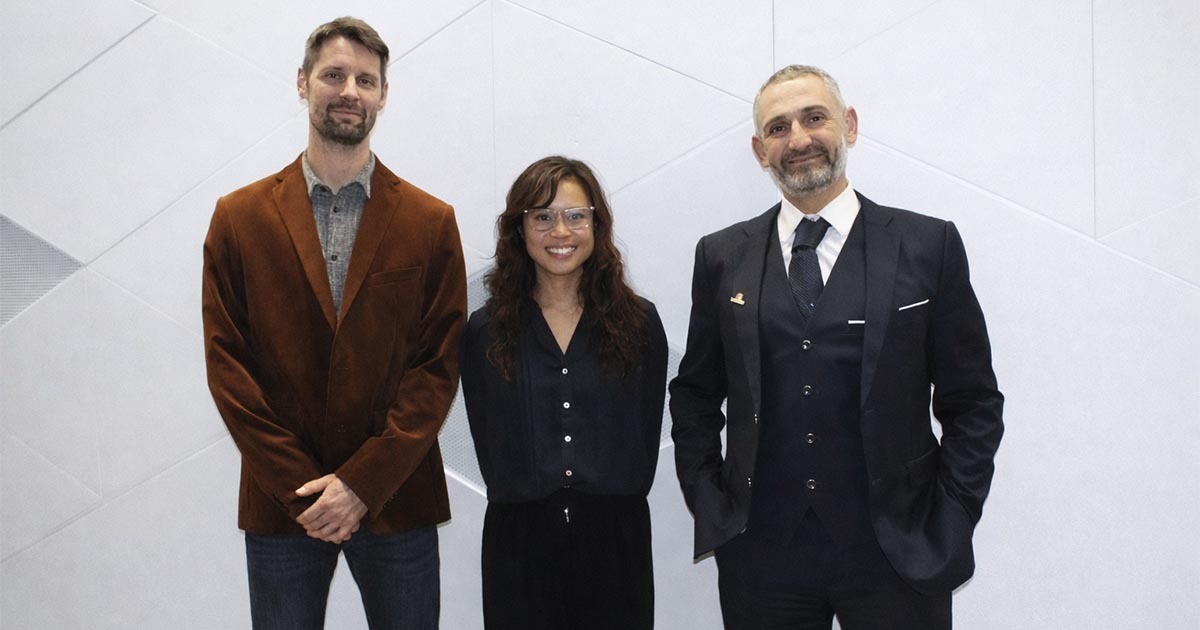Morphing Wing Technology—For the Future of Aviation

Header image purchased on Istock.com. Protected by copyright.
To improve the performance of the Cessna Citation X aircraft, various morphing wing applications have been put to the test during numerical performance simulations. First, a morphed horizontal tail, was devised, which revealed a reduction in aircraft fuel flow of about 50 pounds per hour depending on flight conditions. The other device installed is located at the tip of the wing: a winglet that can move during flight to maximize its effectiveness. This device led to an average reduction in fuel flow of 10.8 pounds per hour of flight.
Introduction
In 1500, Leonardo da Vinci designed the first “flying machine”. In the 1800s, George Cayley discovered the fundamental forces of lift and drag, and understood that the “flying machine” would behave better with a fixed wing and a horizontal empennage. After considerable research in aerodynamics, the first gliding and controlled flight was undertaken by Otto Lilienthal in 1891.
A century later, a bona fide aerospace industry was born, carrying an ever-increasing number of passengers around the world. But what about the impact on the environment? These days, an aircraft releases approximately 0.81 tonnes of carbon dioxide (CO2) during a 6000-kilometre transatlantic flight [1]. Specifically, in 8 hours of operation, an aircraft releases quantities of CO2 equivalent to the annual heating needs of a Montreal residence. Considering that nearly 14,000 aircraft intersect the sky each day, a greening of the industry has become critical. To orchestrate this green agenda, the International Civil Aviation Organization (ICAO) wants to reduce CO2 emissions recorded in 2005 by half by the year 2050 [2]. In the quest for possible solutions, major research is looking at the aerodynamic optimization of aircraft elements.
A Promising Solution: The Morphing Wing
Numerous studies have shown that the shape of a wing has a significant impact on the aerodynamic performance of an aircraft [3-6]. Wing geometry is optimal for given flight conditions, i.e. a combination of mass, speed and altitude. As these parameters change in flight, aircraft wing geometry is chosen based on aircraft flight conditions statistically the most likely to be used. To optimize wing geometry over the entire flight range, it is thus necessary for the wing to morph during flight; this is called a “morphing wing”. The technique has already shown very promising results [7-13], notably in the Aeronautical Research Laboratory in Active Control, Avionics and Aeroservoelasticity (LARCASE), where the team achieved a drag reduction of up to 14% by morphing the wing thickness of a drone [14]. Based on these encouraging results, a new project has emerged and aims to simulate the behaviour of a more common aircraft equipped with the morphing wing technology.
Figure 1 Cessna Citation X Business AircraftTo bring this project to fruition, the Cessna Citation X business jet was chosen particularly because LARCASE has reliable data from a highly certified flight simulator for this aircraft [15]. To make the project comprehensive, two types of morphing wings are being studied. The first study aims to optimize the horizontal tail; the second focuses on the main wing.
Figure 2 Cessna Citation X flight simulator located at LARCASE (ÉTS Room A3420)Methodology and Results
As George Cayley understood in 1800, the stabilizer is an essential element in the stability of an aircraft. Today, since aircraft carry about 200 tons of fuel, the role of the stabilizer is to maintain aircraft balance as fuel is being consumed during flight. To do this, the surface of the stabilizer (main part of the horizontal tail) rotates around an axis, thus generating as much lift as needed to compensate for the weight loss. But with this movement, the stabilizer also delivers more drag harmful to the aircraft. To optimize the drag inadvertently generated, this wing morphs stabilizer thickness during flight to generate sufficient lift, so that the stabilizer doesn’t have to tilt to generate more lift.
Figure 3 Horizontal tail of an aircraft composed with elevators (small part) and the stabilizer (main part))To test this idea, the stabilizer thickness was first parameterized using 15 parameters from the Bézier-Parsec theories [16-17]. These parameters were then coupled to a genetic algorithm, which, for each flight condition, was able to find a combination of parameters assuming a balanced aircraft as well as a fixed stabilizer. Lastly, the first simulations of the Cessna Citation X equipped with a morphing horizontal stabilizer showed that fuel consumption could be reduced by an average of 50 pounds per hour depending on flight conditions.
Figure 4 WingletAdaptive Winglets
Winglets are used to improve aircraft wing aerodynamics. They are fixed vertical sections added to the wing tips to limit the drag phenomenon [18]. Conventionally, these geometries are defined for ideal performance in flight conditions to which the aircraft is most often exposed. In order to optimize the winglet shape for the entire flight, an adaptive winglet was modeled. To this end, a first study showed that the dihedral angle and the sweep angle had the greatest influence on wing aerodynamics.
Figure 5 Degrees of freedom of the adaptive wingletThen, the Cessna Citation X wing was parameterized with a winglet that was able to adapt according to the two angles of influence (figure 5). Finally, for each flight condition, a winglet position was determined so that the wing equipped with an adaptive winglet generated as much lift as the original wing, while minimizing drag. According to the performance simulations, with this device, aircraft fuel consumption can be reduced by an average10.8 lb per hour of flight.
Figure 6 Geometric morphing during flightConclusion
When the studies on stabilizer and winglet are completed, the geometric and aerodynamic changes of the Cessna Citation X will be included in an overall performance model for the aircraft, capable of simulating full flight, from take-off to landing. Simulated performances for a Cessna equipped or not with a morphing wing system will make it possible to quantify the extent to which such a system increases aircraft performance in terms of consumption, optimal speed, and range. The study will then make a contribution to the aerospace industry from an economic and environmental point of view as it improves performance while reducing carbon dioxide emissions into the atmosphere.
For more information on this research, please see the following conference papers:
Mr. Segui, Mr. Mantilla, G. Ghazi, and R. Botez. “New Economical Cruise Methodology for the Cessna Citation X Business Jet by an Original Morphing Horizontal Tail Application,” 2018 Modeling and Simulation Technologies Conference, AIAA AVIATION Forum, (AIAA 2018-3895).
- Segui, S. Bezin and R. Botez. “Cessna Citation X Performances Improvement by an Adaptive Winglet during the Cruise Flight,” 2018 World Academy of Science, Engineering and Technology, Vol:12, No:4, p. 419-426.



